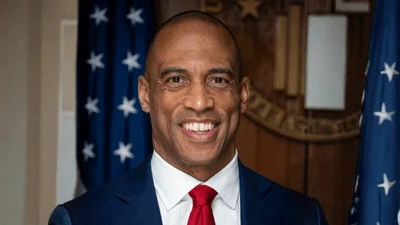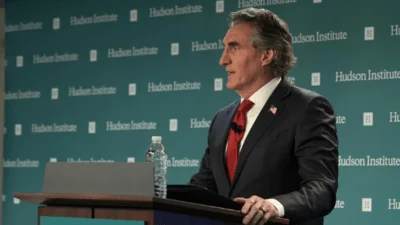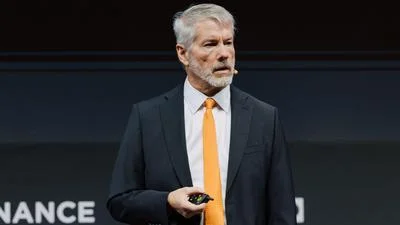Sarah Steely, director of No Kid Hungry Virginia, said that Amazon's free home delivery service assists in reaching more children in rural counties with meals during the summer months when school is not in session. This statement was made in an About Amazon news release.
"Fighting hunger is something we can only do together," said Steely. "we're bridging the critical gap between children and nutritious meals. We're thrilled to see more kids in rural counties being reached. we're excited to continue developing innovative solutions."
According to Amazon, their home delivery service addresses household barriers while upstream "bulk" moves ensure pantries remain stocked. The company uses tractor-trailers, box trucks, vans, and rural routes to transport groceries from suppliers to food banks and then to schools and community hubs at no cost to partners. The program has delivered over 60 million meals and is committed to supporting free food-bank deliveries through 2028, aiding summer and rural access.
Food insecurity remains a significant issue in Virginia and across the United States. Feeding America's Map the Meal Gap (2023 data) estimates that 47,389,000 people, or 14.3% of the U.S. population, lived in food-insecure households. In Virginia, the rate was 12.1%, with notable county-level variation. These levels highlight why summer meal delivery and rural pilots are essential for connecting children and families with reliable access to nutritious food.
Feeding America's November 2025 poll found that 72% of Americans are concerned about a government shutdown; 71% worry about the government's ability to pay Supplemental Nutrition Assistance Program (SNAP) benefits; and majorities expect longer shutdowns to increase hunger (77%), drive more people to food banks (91%), and force families to skip meals (83%). Seventy-nine percent say lawmakers should ensure SNAP continues during a shutdown, underscoring pressure on charitable delivery networks.
No Kid Hungry Virginia, a Share Our Strength campaign led by Steely, collaborates with schools and community partners to ensure children receive three healthy meals a day by expanding access to breakfast, summer meals, and afterschool suppers. The state team focuses on rural reach and meal delivery innovations by pairing grants and technical assistance so local providers can connect children with nutritious food year-round.









